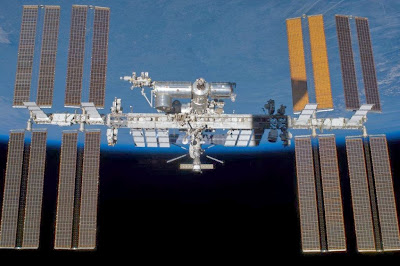The Prince of Wales launched an unprecedented attack on climate change sceptics this week, describing them as the "headless chicken brigade" and accusing powerful groups of deniers of engaging in “intimidation”.
Charles, who has long campaigned to raise awareness of global warming and has hit out at sceptics in the past, unleashed his latest salvo during an awards ceremony at Buckingham Palace for green entrepreneurs.
"It is baffling that in our modern world we have such blind trust in science and technology that we all accept what science tells us about everything - until, that is, it comes to climate science," the Prince said.
"All of a sudden, and with a barrage of sheer intimidation, we are told by powerful groups of deniers that the scientists are wrong and we must abandon all our faith in so much overwhelming scientific evidence.
"So, thank goodness for our young entrepreneurs here this evening, who have the far-sightedness and confidence in what they know is happening to ignore the headless chicken brigade and do something practical to help,” he stated.
Charles, who made his comments at the inaugural Prince of Wales Young Sustainability Entrepreneur Prize, has previously urged world leaders must "face down a storm of opposition from all sides" in order to tackle climate change.
Last year he described those who questioned the need to act as "the incorporated society of syndicated sceptics and the international association of corporate lobbyists”.
Prince Charles was criticised at the time by the Global Warming Policy Foundation, a climate-sceptic ‘think-tank’ set up by former Conservative chancellor Nigel Lawson, which accused him of engaging in "apocalyptic rhetoric".
His latest comments came as it was announced that the deluge affecting much of Britain and Europe in recent weeks is officially the worst winter downpour over southern and central England in almost 250 years.
Rainfall for January - recorded at the Radcliffe Meteorological Station at Oxford University, the world's longest-running weather station - was greater than for any winter month since daily measurements began there in 1767.
The latest Met Office data also confirmed that the region stretching from Devon to Kent and up into the Midlands suffered its wettest January since its records began in 1910.
Ian Ashpole, of the Radcliffe Meteorological Observer, said the Radcliffe measurements went back more than twice as far as the Met Office records and provided a longer term indication of how things are changing.
A total of 146.9 mm of rain fell in January, beating the previous record of 138.7 mm in 1852. The new record is three times the average recorded for the month over the last two and a half centuries.
It was also the wettest winter month – December, January or February – ever recorded, beating December 1914 when 143.3 mm fell.
In addition, the 45 day period from 18 December saw more rain at Radcliffe than for any such period in the observatory record. The total of 231.28 mm demolished the previous high of 209.4 mm, which fell from 1 December 1914.
For the UK, flooding has been identified as the most dangerous impact of climate change - and it is hitting harder and faster than expected.
Scientists are now examining whether the current winder deluge is a result of the melting of the Arctic ice cap which has caused the jet stream to track further south, meaning more storms are channeled across the UK.
Prince Charles’ views are backed by mainstream science and it is reassuring to know that our future king is well versed in climate science - though it may be wrong to characterise the deniers in such a way.
Far from being ‘headless chickens’ they are part of an orchestrated and well-funded campaign with very clear objectives - to create a false debate and sow doubt in order to delay for as long as possible the kind of action required to limit CO2 emissions.
What they do is calculated and dangerous for the future of this planet and its people. Thank you, Prince Charles, for speaking up on behalf of normal people everywhere.
‘Why Does It Always Rain on Me?’ is the title of the hit song by Scottish band Travis, released in 1999 as the third single from their second studio album, ‘The Man Who’. It became the group's international breakthrough single and was their first Top 10 hit on the UK Singles Chart.











